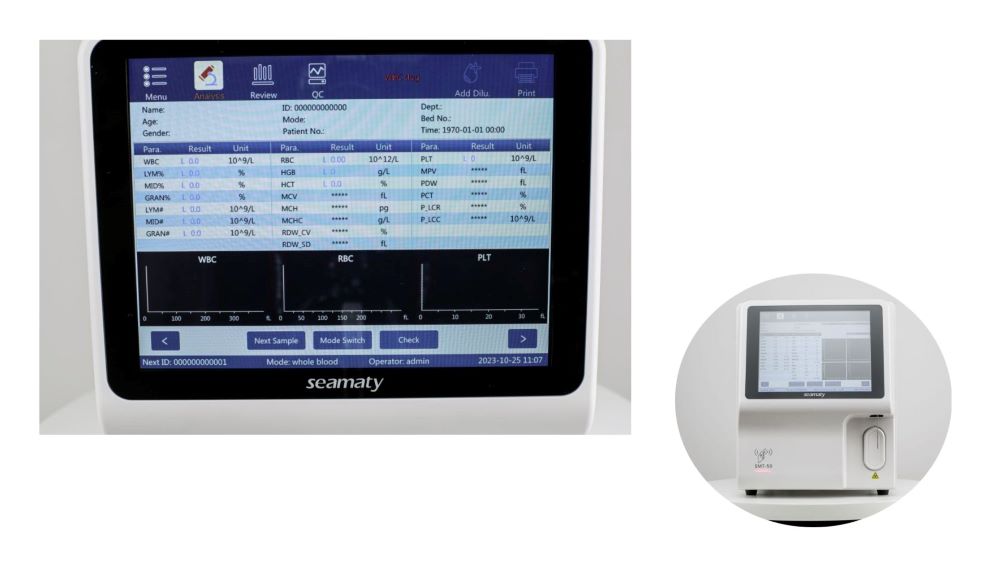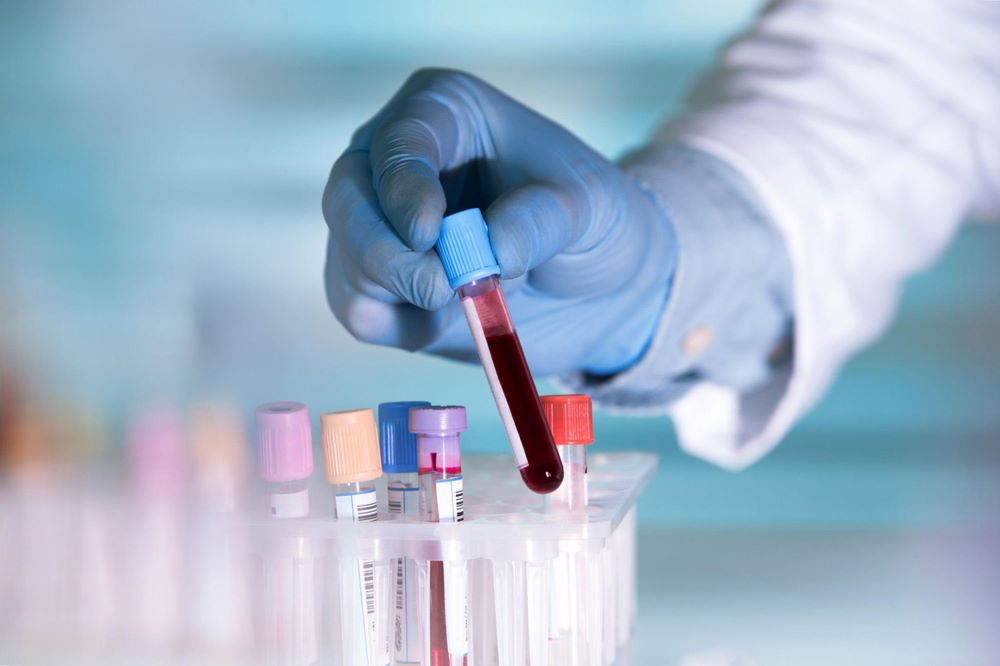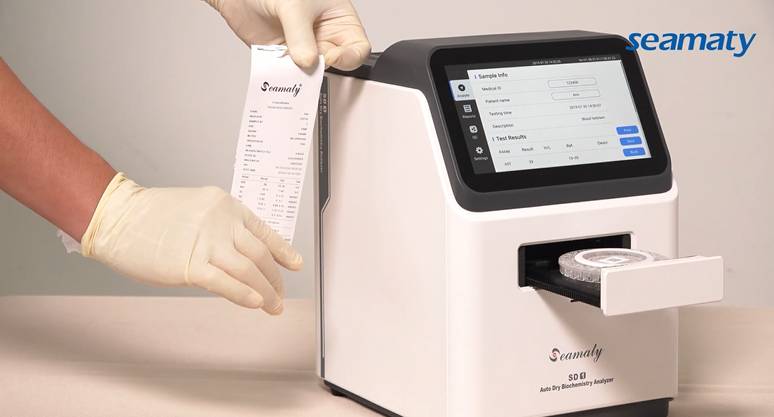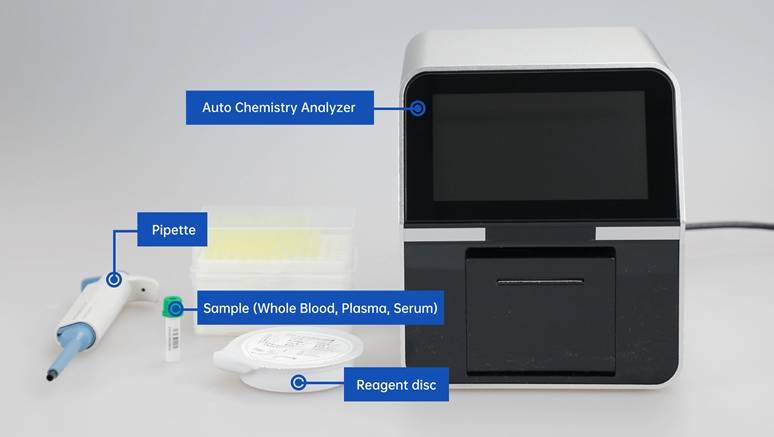release time:2024-04-11 15:14:18
In today's healthcare landscape, accurate and efficient blood analysis is crucial for timely diagnosis and treatment. The 5-part auto hematology analyzer is a powerful tool that has revolutionized the way we assess a patient's complete blood count (CBC). Compared to its 3-part hematology analyzer, the 5-part analyzer provides a more detailed breakdown of white blood cells, including the detection of eosinophils and basophils. This enhanced differentiation capability offers valuable insights into various disease states.

The 5-part hematology analyzer utilizes a combination of sophisticated technologies to categorize and count blood cells. Here's a breakdown of the four main principles employed:
By simultaneously analyzing all three parameters, the VCS technology accurately differentiates various white blood cell types.
This combined approach provides a two or three-dimensional image on the analyzer's screen, allowing for clear cell classification.
This method employs a sheath flow solution to dilute the blood sample and preserve the natural state of the cells. A laser beam is used to analyze light scattered by the cells at four different angles. Since the amount of scattered light depends on factors like cell size, internal structure, and nucleus-to-cytoplasm ratio, this technique allows for comprehensive leukocyte classification.
The 5-part auto hematology analyzer is a technological marvel that offers a wealth of information about a patient's blood cell makeup. By understanding the principles behind this device, we can appreciate its role in providing valuable insights for improved patient care.

2024-07-18
Discover the importance of blood gas analysis in critical care. Learn how it works, its benefits, and the difference between wet and dry analyzers. Essential for healthcare professionals.

2022-01-06
In the choice of biochemical analyzer, according to their actual work needs to choose the appropriate equipment is the best choice.The following main parameters of biochemical analyzer can be considered.

2021-10-21
Home medical equipment is mainly suitable for home use of medical equipment. Due to the lack of medical knowledge and not a professional doctor. People in the use of medical equipment will have a lot of hidden dangers. So, how to save home medical equipment?